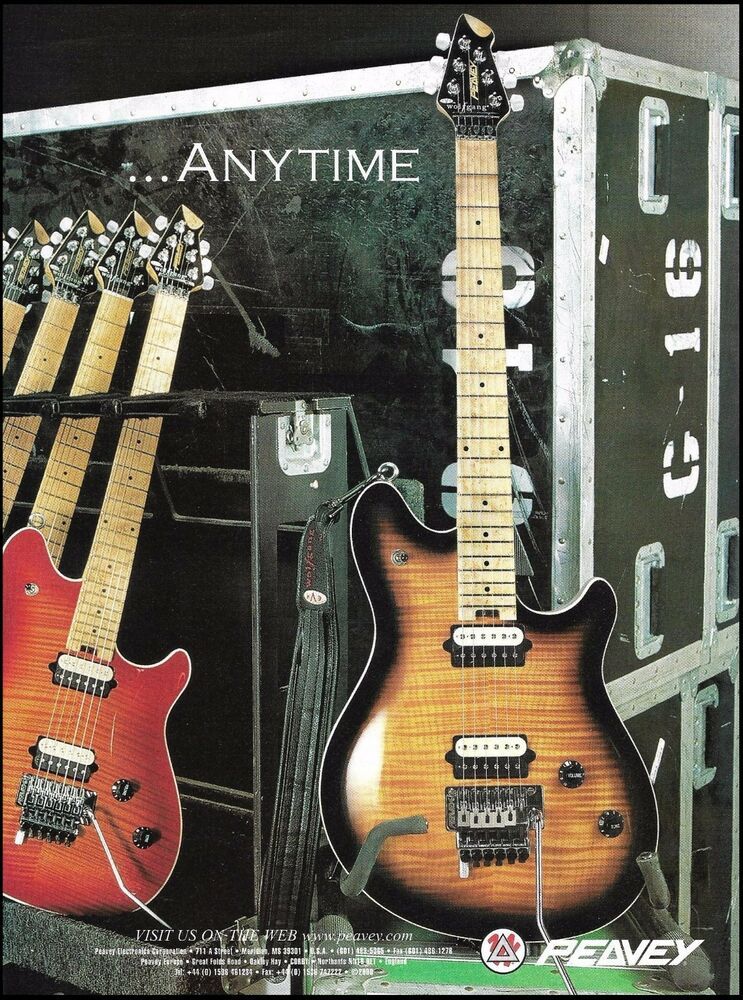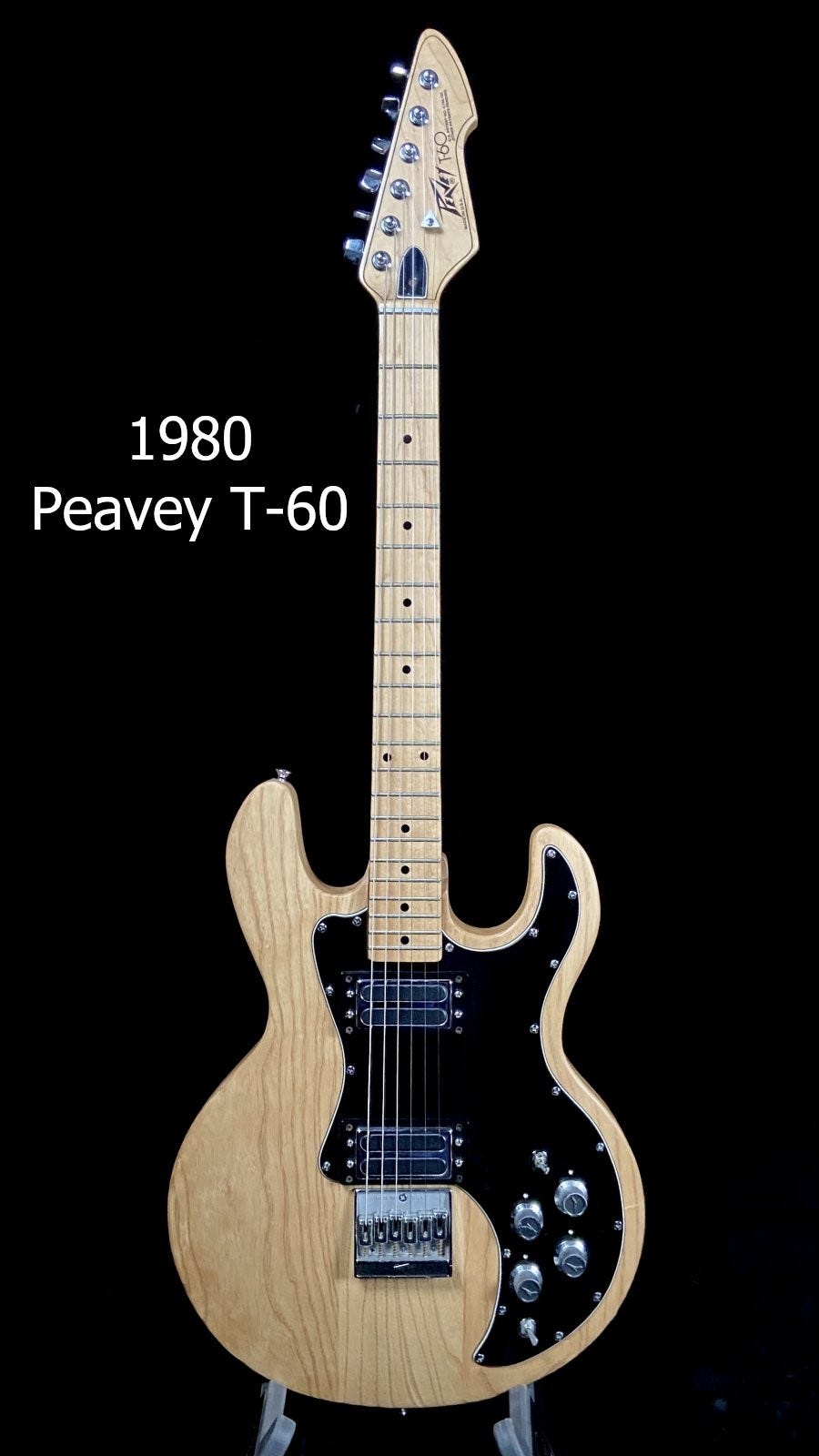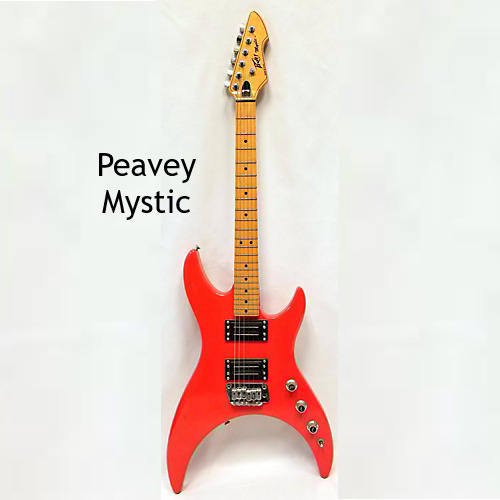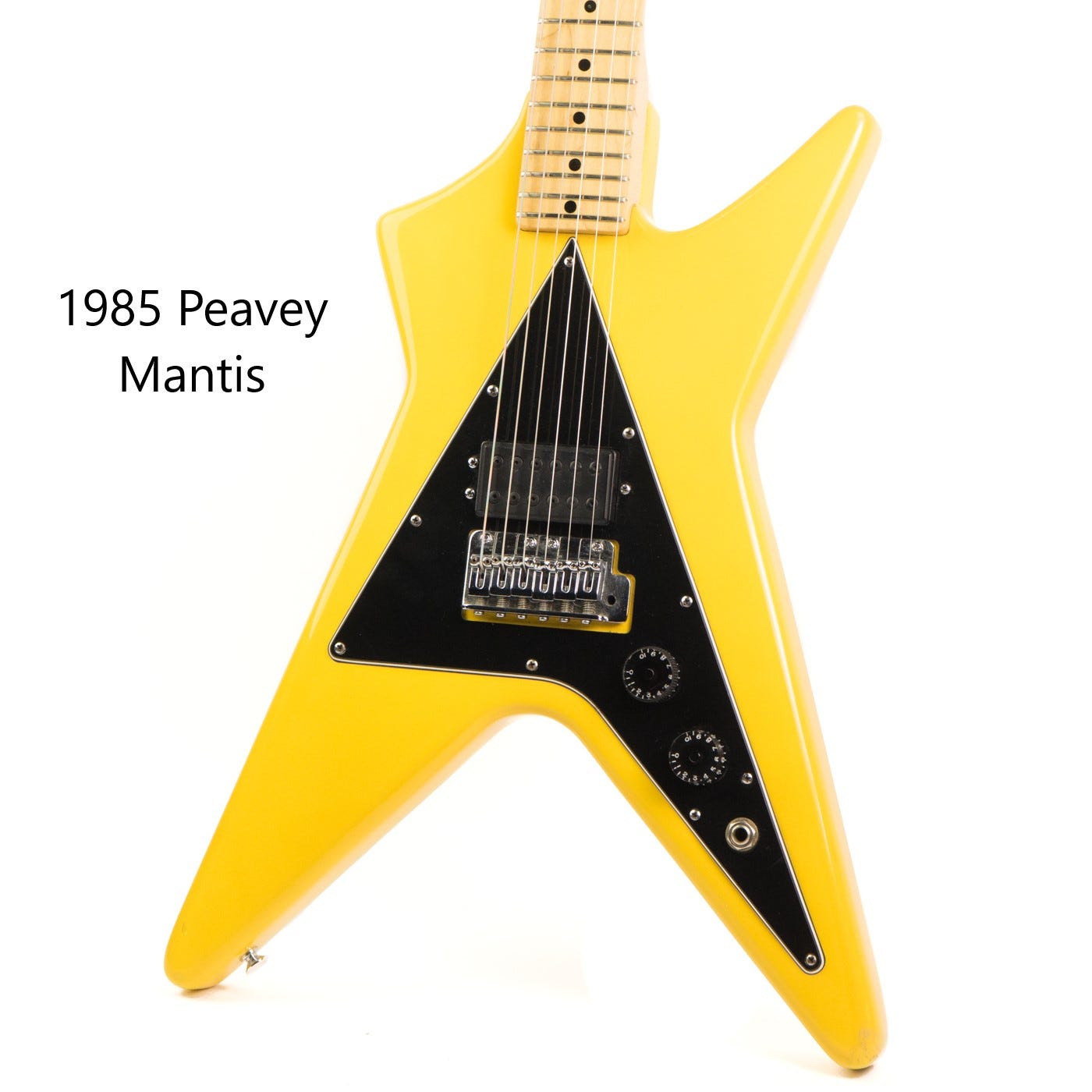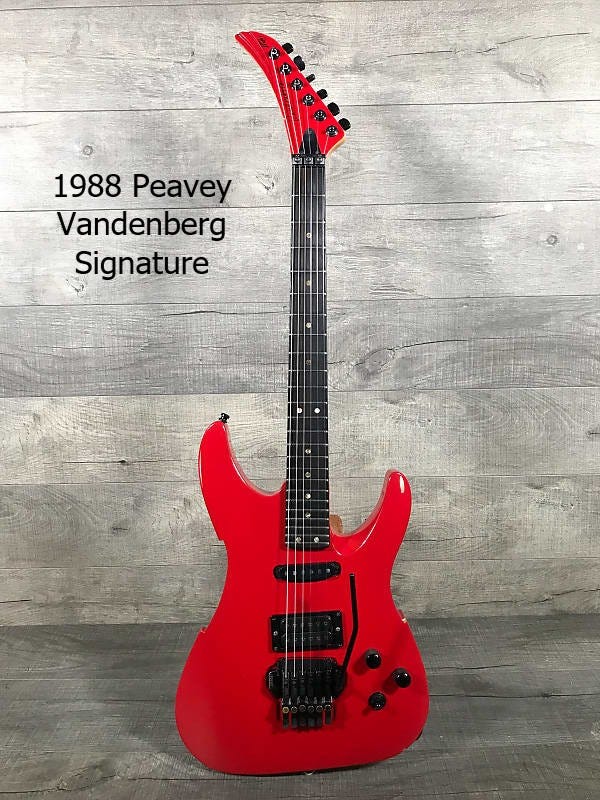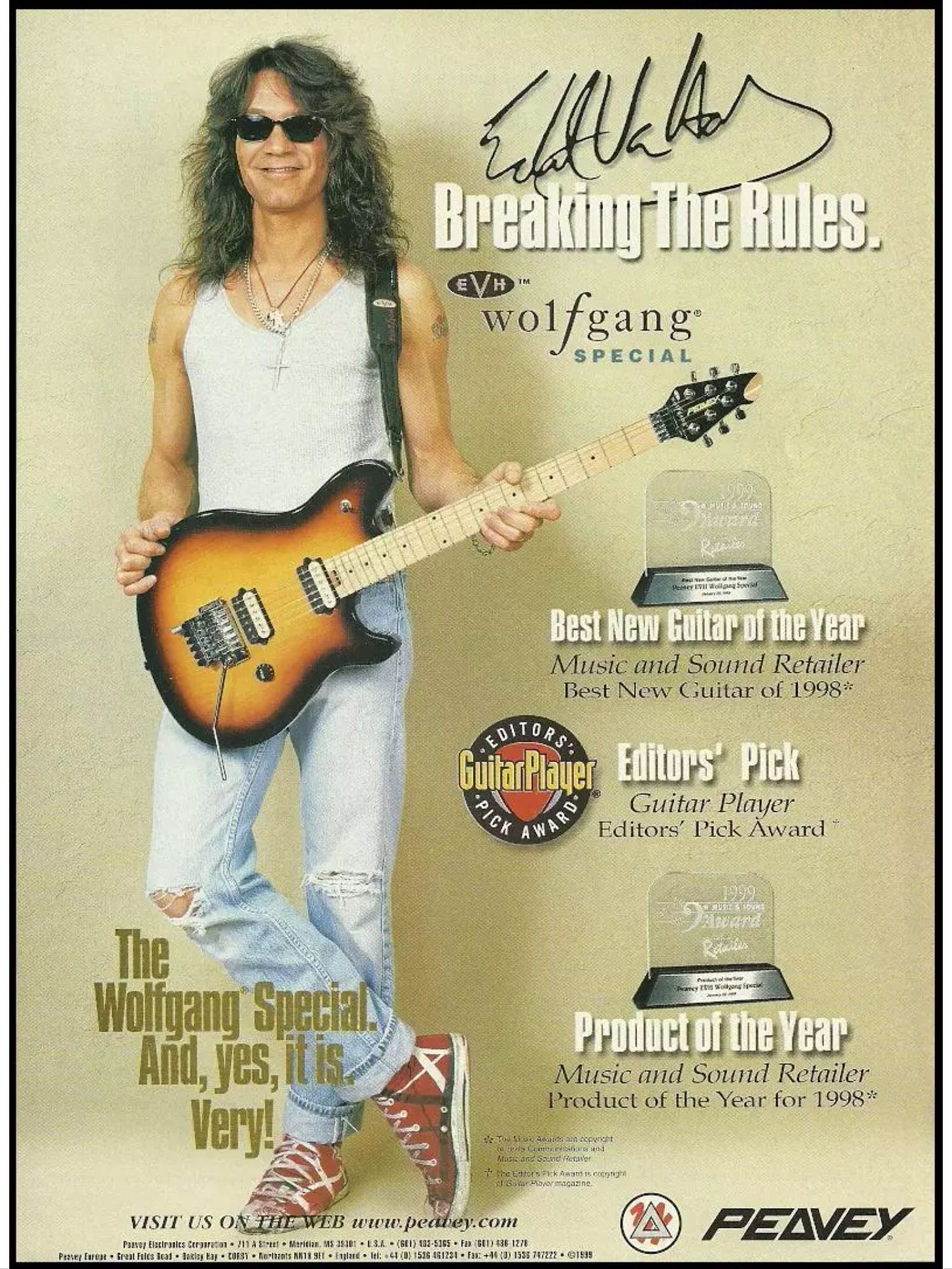“The Waiting Is The Hardest Part” - podcast with Izzy Miller
In this episode I have a candid conversation with singer, songwriter, guitar slinger, and guitar dealer Izzy Miller.
In Izzy’s own words, “I’ll tell you exactly how I feel about anything”, and that’s exactly how this one goes.
If you’ve followed Izzy on social media for any length of time you know he has a huge personality and a great sense of humor. It all shines through during the show, but most importantly, he’s a good dude.
Thank you Izzy!
We have a blast bouncing around beginning with Izzy’s formative years as a guitar player and musical influences from his dad, grandfather, and uncle. The flow leads us to the current state of country radio, thoughts on contemporary country music, and the vintage guitar market.
Izzy’s latest record, “Izzy Miller Sings ‘Extra Bacon’ and Other Chart-Topping Hits, drops this Friday and we talk about the writing and recording process that went into it.
Huge shoutout to Robert Fox of Silver Fox Sound in Harvest, AL who was originally the engineer, but ended up producing the record.
Izzy shows off some of his favorite guitars including:
1959 Martin D-28, 1954 Gibson J-200, 1920 Gbson Style O, 1908 Gibson Style U Harp Guitar, 1952 Les Paul
A Practical Guide to Peavey Guitars
Other than some of the more “prominent” Peavey models such as the T-60, Vandenberg, and Wolfgang the company is overlooked by the media and guitar fans when it comes to their guitars. Peavey is mostly known for their amplifiers and sound systems despite having produced over 200 guitar SKU’s, many of which were made in the USA. Like any brand, there are Peavey diehards and collectors but even the Peavey fandom groups are relatively small and quiet too.
This article looks at some, but not all, of Peavey’s more prominent and oddball guitars from the 1970s through the 1990s. As a side note, what is really cool is the archived product manuals, electronic schematics, and wiring diagrams from Peavey’s website. Being an “engineering first” manufacturer the database is not entirely surprising, but certainly refreshing they have made it available in one place. https://secure.peavey.com/manual-search/
Hartley Peavey developed his first amplifier in 1961 and went into production in 1965 as Peavey Electronics, sticking to the amp and PA categories until he began working on plans for a guitar in 1976.
Enter the T-60 in 1978, Peavey's first guitar, and a first in many ways. The brains behind the guitar build and engineering process was Chip Todd (the "T" in T-60). Hartley was the electronics guru.
Groundbreaking electronics weren't the only innovation Peavey deployed. The streamlined manufacturing process lowered the build cost by utilizing CNC machinery to cut the guitar bodies. The first guitar manufacturer to use CNC technology.
Additionally automated machinery cut and finished the necks, and applied the fretboard and frets all in one process.
The wiring is where it gets interesting. The tone controls allow for dual or single coil operation of each pickup independently of each other. The low end of the tone control is humbucking mode, but once beyond about halfway up, the pickup gradually becomes a single coil.
But there’s more.
When the pickup switch is in the middle position, and the phase switch is in the down position, the pickups are placed out-of-phase by reversing the coil relationship in the lead pickup. Inclusive to the fancy wiring, this gives a wide range of tonal effects by using the tone and volume controls and was on the cutting edge at the time.
Peavey T-60 Specs:
Two humbuckers, with coil splitting
Two position phase switch
3-way switch
Two volume and tone controls
Full spec sheet- https://peavey.com/manuals/80370017.pdf
Although the electronics were progressive, Peavey’s initial body styles were fairly conservative. That changed in 1983 with the introduction of the Mystic and Razer. In fact, it went drastically in the other direction.
The Mystic was a curvy SpongeBob oddity, while the Razer was defined by straight edges and hardly any curves. It was an aggressive attempt by Peavey to distance themselves from the traditional body styles they were becoming known for.
So if that wasn’t enough the Mystic and Razor were followed up by the Mantis (think Guild X-88D) in 1984.
Peavey print advertisements of the day screamed, “Born To Be Wild”. Too wild. All three were discontinued in 1986.
https://assets.peavey.com/literature/manuals/80370402.pdf
Next up, the Adrian Vandenberg Peavey
Vandenberg was one of many in the guitarist game of musical chairs with Whitesnake during the 1980s. He joined the band in 1987 alongside Vivian Campbell who was the lead guitarist for a blink of an eye. At that time Campbell had his signature Kramer Nightswan. Vandenberg, a signature Fernandes.
And Peavey? They didn’t have a permed, poofy haired endorser at that time.
Surely there was no ego involved :-), but in 1987 Peavey opened the doors for Vandenberg to design his own guitar and put his name on it. He can be seen playing an early prototype in the “Give Me All Your Love” video.
A March 2002 Vintage Guitar article described this guitar as, “very out there”.
Unmistakable for sure.
The subtle “violin cuts” on the guitar body edge are definitely unique and the reverse headstock is a shared feature with his Fernandes. The treble cutaway is deep and scalloped providing full access to the highest frets.
Peavey went into a full court press with advertisements featuring Vandenberg and his guitar plus their pedals and amps. Along for the ride was Rudy Sarzo of Whitesnake, who subsequently got a Peavey bass deal a few years later.
There were four different models offered between 1988-94 including the bolt-neck Signature model, set-neck Custom, Quilt Top, and the seldom seen Puzzle (1989-92).
1988 Peavey Vandenberg Signature specs:
Poplar body
Maple neck
Ebony fretboard
Peavey pickups
Two volume controls
Kahler 2700 tremolo
3-way switch
Full spec sheet- https://assets.peavey.com/literature/manuals/vandenberg_manual.pdf
* Peavey reissued this in the late 90s as a Korean made V-Type series. There was also a USA made V-Type from 2002-04
In 1990 Peavey celebrated their 25th anniversary and in that year they released the Odyssey, a high-end tele shaped guitar in three variants: Odyssey, Odyssey Custom, and Odyssey 25th Anniversary. They were only cataloged from 1990-1994.
In terms of Peavey lineage it’s in the top five of their most expensive offerings, but in the guitar world Peavey’s most expensive guitars are not very expensive.
An October 2011 interview with Inc. Magazine Hartley Peavey described that conundrum, “That has both helped and hurt me. A lot of people assume that you can judge performance, quality, and reliability on price alone. That’s an unwarranted assumption.”
So there ya go, a real looker and appointments that place this guitar in the arena with a nice PRS or LP. However, it’s quite difficult to find any in-depth information on this one.
Odyssey Specs:
Flame maple top
Heel-less set neck
Ebony fretboard with MOP triangle inlays
Dual Peavey alnico humbuckers
3-way switch
Coil tap
Two volume and tone controls
Full spec sheet can be found here- https://assets.peavey.com/literature/manuals/80301279.pdf
Before the Ernie Ball guitar deal ended for Eddie Van Halen he had established a relationship with Peavey for his signature 5150 amp and cab. In the process of building the relationship Peavey subtly presented EVH a couple of guitars to show what they were capable of. The power of suggestion…
So the foundation was laid and the time was right when EVH parted ways with Ernie Ball for Peavey to approach Eddie about a new signature guitar. Given full design autonomy EVH and Peavey made a go of it and spent the better part of a year working back and forth on a prototype.
The end result was a similar looking guitar to his Music Man, but it sported a maple topped basswood body, and a maple neck with carbon fiber rods. Another difference is the addition of a tone control.
In terms of unique features was the drop D Tuner on the Floyd Rose and a special double-dipped wax process for the pickups.
From the Peavey manual, “wax dipping process is used to provide ultra-low noise operation and resistance to microphonic feedback. The pickups are mounted directly to the body, which further reduces feedback at high volume levels and offers enhanced tonal response.” The pickups were made in-house.
Eddie unveiled the Peavey Wolfgang at the 1996 NAMM show and it had a pretty good run for eight years including several budget versions. `
* In 2017 Peavey re-released the Wolfgang as the HP2.
Full spec sheet- https://assets.peavey.com/literature/manuals/80301829.pdf
Lick Of The Week with Stevie K
As Steve puts it, “gotta have some bread and butter in the fridge”.
He’s graciously sympathetic to the world of flatpickers, while gracefully demonstrating what a handful of fingers and a thumb pick can accomplish.
If by chance your “medium tempo” isn’t quite the same as Steve’s, you are not alone.
Thank you Steve for your time, treasure, and talent!

